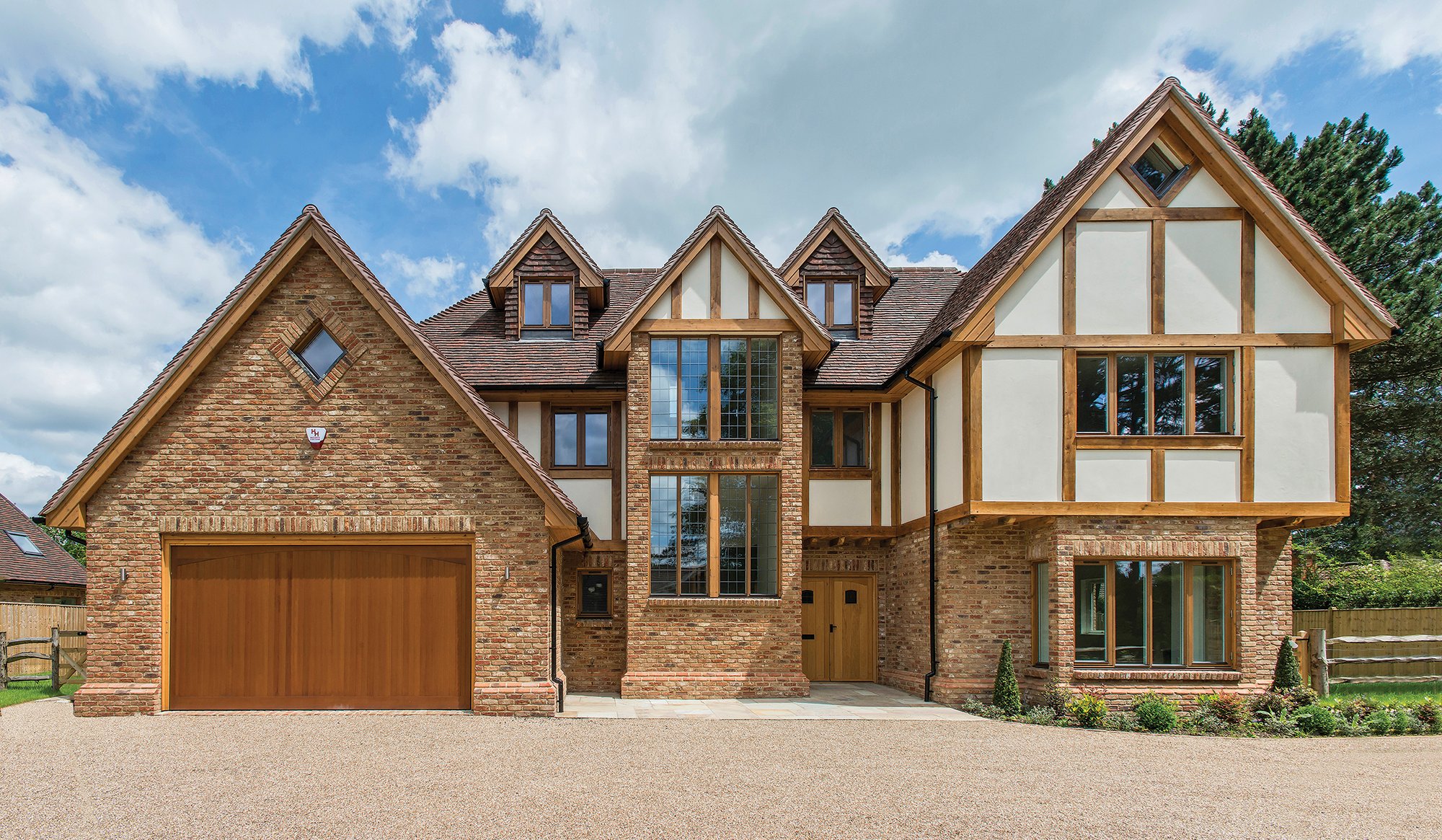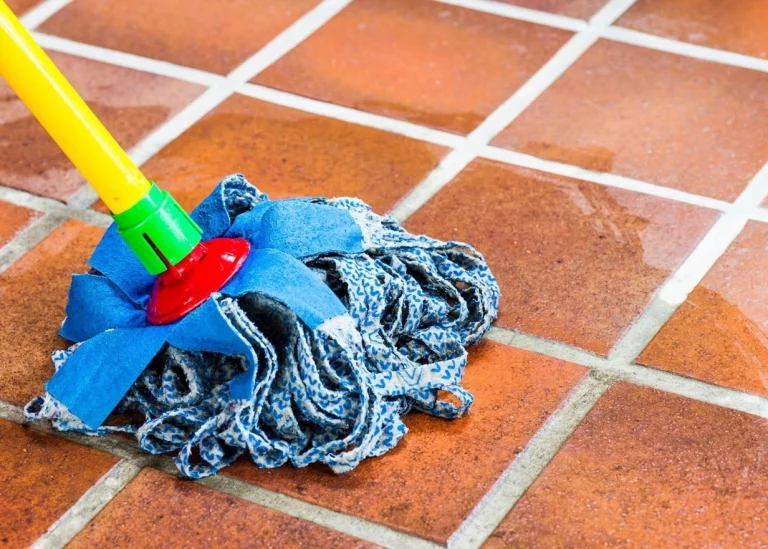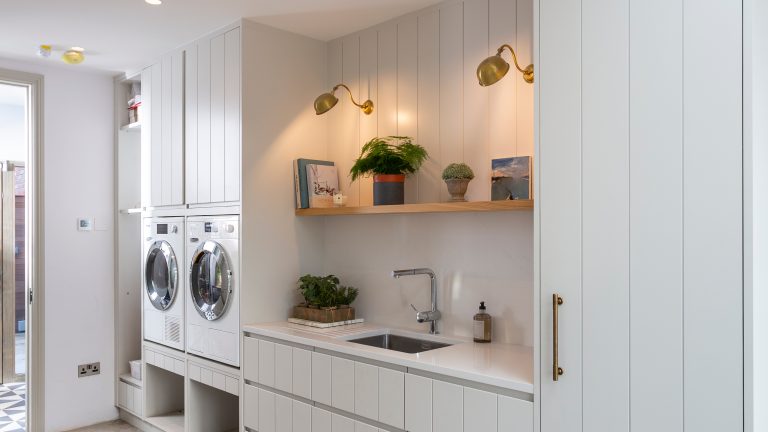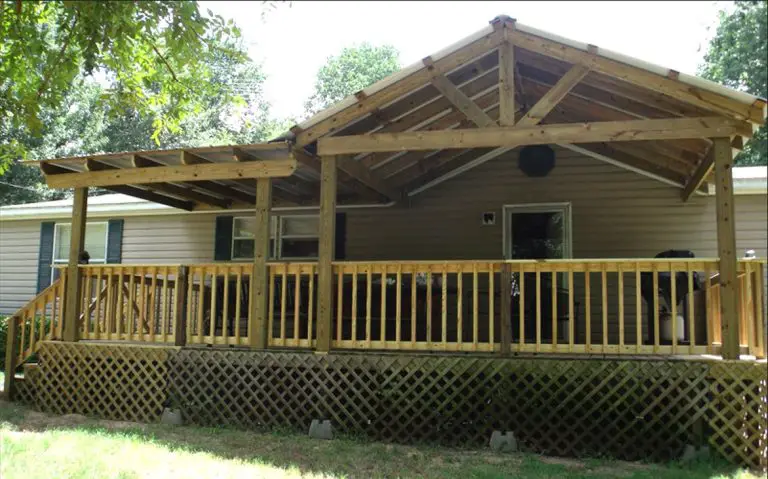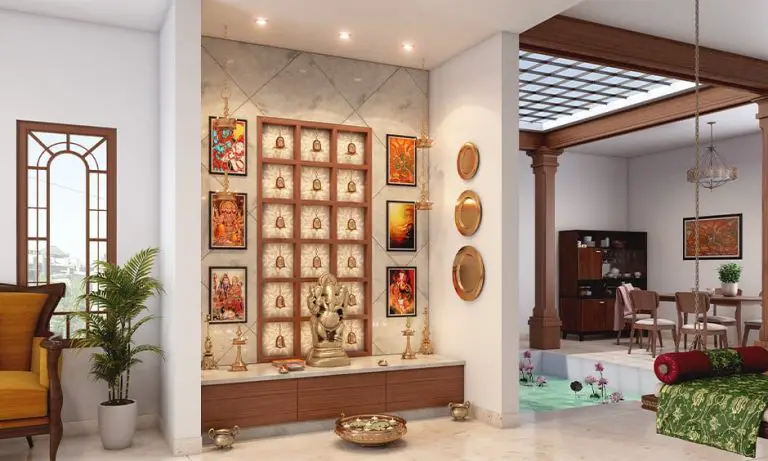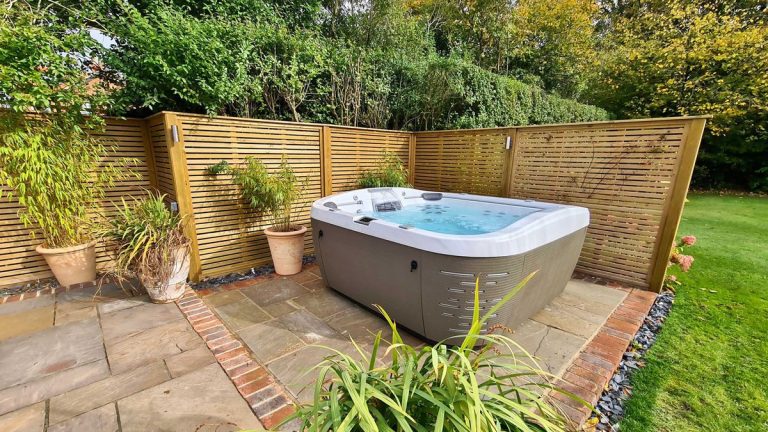How Long Do Timber Framed Houses Last
When it comes to timber-framed houses, how long they last really depends on a number of factors. The type of wood used, the quality of the craftsmanship, the exposure to the elements, and even the climate can all play a role in determining just how long your timber frame home will stand. That being said, there are many timber-framed houses that have been standing for centuries, and with proper care and maintenance, yours could last just as long.
If you’re wondering how long timber-framed houses last, here’s a closer look at some of the things that will impact their lifespan.
There are a lot of variables that will affect how long a timber-framed house will last. The most important factor is the quality of the materials used. If you use high-quality, well-seasoned lumber, your house will last much longer than if you use lower-quality materials.
Another important factor is the design of the house. A well-designed timber frame house will last longer than one that is poorly designed. Finally, the way you maintain your house will also affect its longevity.
Regular maintenance and repairs will help extend the life of your timber frame home. Assuming all things are equal, a timber-framed house should last anywhere from 50 to 100 years. Of course, this is just a general estimate and there are always exceptions to the rule.
But if you take care of your timber frame home and use high-quality materials, it should provide you with many years of enjoyment.
Disadvantages of Timber Frame Houses
If you’re considering building a timber frame house, it’s important to be aware of the potential disadvantages. While timber frame houses are beautiful and have many advantages, there are some potential drawbacks to consider. One of the biggest disadvantages of timber frame houses is that they can be more expensive than traditional stick-built homes.
This is because the materials and construction methods used for timber framing are typically more expensive than those used in conventional construction. In addition, because timber frame homes are usually custom-built, there may be additional costs associated with design and engineering. Another disadvantage of timber frame houses is that they can be more difficult to insulate than stick-built homes.
This is due to the fact that timbers are large pieces of wood with wide gaps between them. As a result, heat can escape through these gaps, making it difficult to keep the interior of the home warm during winter months. If you live in an area with cold winters, this may be a significant drawback.
Finally, because timber frame homes are typically built using natural materials, they can be susceptible to damage from insects and rot. If not properly treated and maintained, timbers can become infested with termites or other pests, or they may start to rot over time. This type of damage can weaken the structural integrity of the home and make it unsafe to live in.

Credit: timberhomeliving.com
Can a Wood Frame House Last 200 Years?
There is no definitive answer to this question as it depends on a number of factors, including the quality of the materials used, the level of maintenance and care taken with the property, and the local climate. However, it is certainly possible for a wood frame house to last 200 years or more with proper care. One of the key things to consider is the quality of lumber used in construction.
In recent years, there has been a move away from using lower-quality lumber that is more susceptible to rot and insect damage. If your house was built with high-quality lumber that has been properly treated and maintained, it will likely last much longer than 200 years. Another important factor is the climate in which your house is located.
Wood frame houses are particularly vulnerable to moisture damage, so if you live in an area with high humidity or frequent rainfall, you will need to take extra care of your property. Regular inspections for water damage and mold growth are essential, as well as making sure that any leaks are promptly repaired. With proper care and maintenance, it is entirely possible for a wood frame house to stand for centuries.
If you live in such a property, be sure to invest in regular upkeep and repairs to ensure its longevity.
What are the Disadvantages of Timber Frame Construction?
There are a few disadvantages to timber frame construction, but they can all be mitigated with proper planning and execution. One disadvantage is that timber-framed buildings are more susceptible to fire than other types of construction. This is because wood is an organic material and will burn if exposed to high enough temperatures.
However, this risk can be minimized by using fire-resistant materials in the construction of the frame and by ensuring that the building is properly protected from potential sources of ignition. Another downside to timber frame construction is that it is not as strong as other types of construction, such as concrete or steel. This means that it may not be able to support the same loads or withstand the same forces as other materials.
However, this weakness can be addressed by using stronger timbers for the frame or by adding reinforcement elements such as steel beams or columns. Finally, timber frames can be more expensive than other types of construction due to the need for specialized equipment and skilled labor. However, this cost can often be offset by the faster build time associated with timber frame construction.
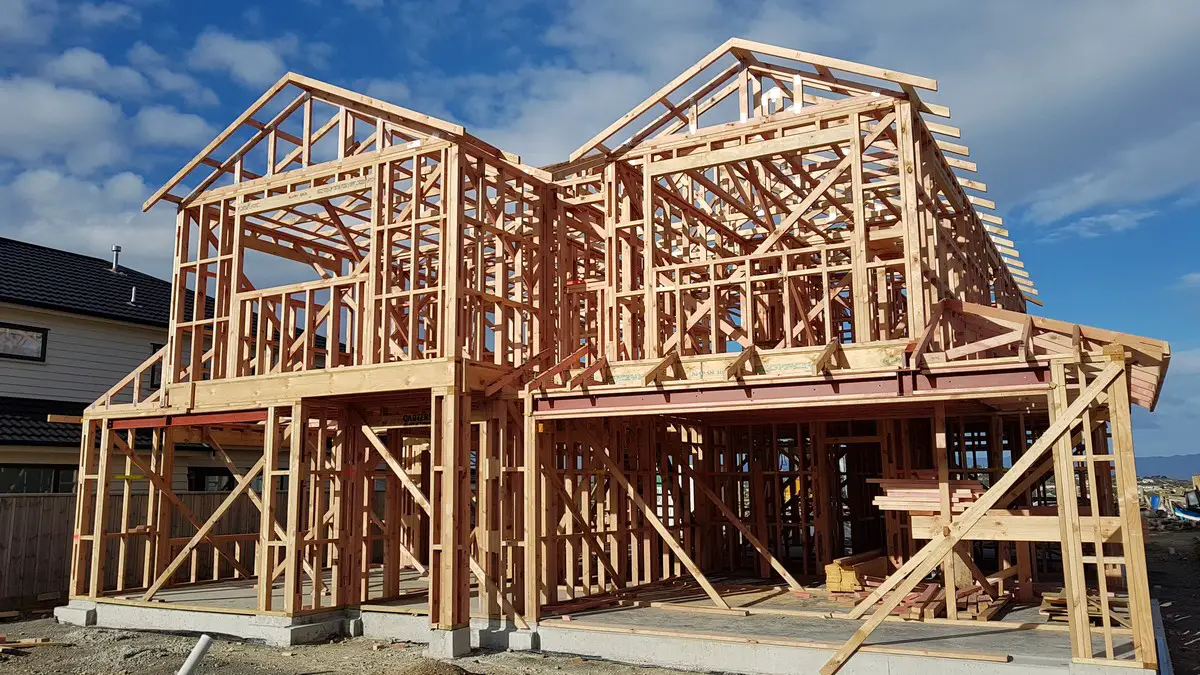
Credit: www.glasgowarchitecture.co.uk
Can a House Last 200 Years?
There’s no definitive answer to this question since there are a lot of variables at play. The quality of materials and craftsmanship, the climate, and how well the house is maintained – all of these things can affect how long a house will last. In general, however, it is possible for a house to last 200 years or more.
There are many examples of old houses still standing after centuries. In the United States, for instance, there are homes that date back to the early 1600s. In Europe, there are even older houses still standing.
For example, parts of Housesteads Roman Fort in England are thought to be around 1,800 years old. Of course, not all old houses have been well-maintained over the years and many have fallen into disrepair. But if a house is properly cared for, there’s no reason why it couldn’t last for centuries.
Are Wood Framed Houses Any Good?
Wood-framed houses are one of the most popular choices for home construction in the United States. They are strong and durable and can last for centuries with proper care. Wood is also a renewable resource, making it an environmentally friendly choice for building materials.
There are a few drawbacks to wood frame construction, however. Wood is susceptible to fire and termite damage, so homes built with this material must be carefully protected against these threats. Wood frames can also warp and rot over time if they are not properly maintained.
Overall, wood-framed houses are a good choice for those looking for a durable and eco-friendly option for their home. With proper care and maintenance, these homes can last for generations.
Timber Frame vs Conventional Stick Frame
Conclusion
How Long Do Timber Framed Houses Last? A timber-framed house can last for centuries if it is properly maintained. The key to prolonging the life of a timber frame house is to regularly inspect and repair any damage that may occur.
Damage from insects, rot, or water infiltration can all lead to the eventual deterioration of a timber frame house.
